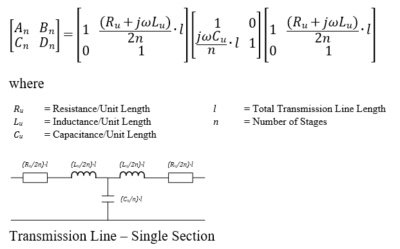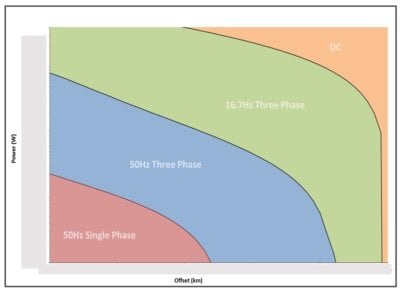Power Delivery and Umbilical Cable Optimisation for Long Offset Tiebacks
The following information has been taken from the technical paper ‘Power Delivery and Umbilical Cable Optimisation for Long Offset Tiebacks’, written by Surrinder Retour, Paul Overton, Daniel Denning, and Neil Douglas of Viper Innovations.

The paper presents a study into the physical and practical limitations of different power transmission techniques for long offset tiebacks. The results from the study present a definitive operating envelope for varying offset tiebacks and subsea power demands. The study is supported by in-depth performance analyses covering a range of power transmission techniques and umbilical cable designs.
Over the past 20 or more years, there have been several subsea field developments where the tieback distance has been defined as ‘long offset’, typically with the flow-line and umbilical lengths being over 70km and up to 150km.
To date, the electrical power transmission techniques and umbilical designs have simply been ‘extensions’ of the technology used for more conventional ‘short offset’ developments. There is a trend for ever-increasing offset distances and higher power demands from subsea consumers, typically subsea processing equipment. The higher power levels and increasing offsets mean that there is now more focus on power delivery capacities.
Extensive work has been undertaken to re-evaluate the physical and practical limitations of different power transmission techniques and to assess the impact of different umbilical designs on these limitations.
What is the Most Efficient Power Transmission System?
Within the Subsea Oil and Gas Production Control System (PCS) sector, the majority of the system electrical distribution architectures utilise single phase AC, 50/60Hz or DC at voltages up to 1.2kV for the power transmission across the main umbilical. There are, of course, a few exceptions to this that include three phase at up to 3kV.
Can electrical distribution architectures be developed to support higher power demands and increased offsets?
Viper Innovations has conducted a study supported by in-depth performance analyses covering a range of power transmission techniques and umbilical cable designs. Simulations were performed on over two thousand different systems with a range of supply configurations, cable characteristics, offset distances, and consumer loads.
The simulated system distances ranged between 50km to 500km, with system operating voltages ranging between 1kV and 33kV.
For each supply voltage, analysis was undertaken on the following system configurations:
- DC Monopole (2 Wire)
- AC 50Hz Single Phase (2 Wire)
- AC 50Hz Three Phase (3 Wire)
- AC 16.7Hz Single Phase (2 Wire)
- AC 16.7Hz Three Phase (3 Wire)

Both electro-hydraulic and all-electric loads were included in the study to allow a comprehensive evaluation of the different technology types. Cables with Cross-Sectional Area (CSA) ranging from 16mm2 up to 95mm2 were selected. These larger CSAs are not directly suited to SPCSs currently used within the subsea industry; however, CSAs >16mm2 allowed for requirements to be met for significantly longer offsets, larger loads, and the medium voltage cables.

Study results showed that the optimum supply characteristics for any given system are dependent upon the specific characteristics of the transmission cable/umbilical and the power levels required at the load. However, findings also identified that the relationship between the parameters did not necessarily fit within the normal assumptions and rules that would generally apply. i.e.:
- An increase in system voltage will not necessarily result in an increase in the offset capability;
- An increase in the cable CSA will not necessarily result in an increase in the offset capability;
- An increase in system voltage will not necessarily result in an increase in the system efficiency;
- An increase in the cable CSA will not necessarily result in an increase in the system efficiency.

Is 16.7Hz a More Effective Frequency for Long Distance Transmission?
Study findings showed that for the traditional electro-hydraulic systems, both 16.7Hz and 50Hz technologies utilised in either single phase or three phase configurations could provide potential solutions for offset distance up to 500km. However, for distances approaching 500km, all AC technologies, with the exception of 16.7Hz three phase, appear to be approaching the absolute limit of operation and would require considered design.
Regarding all-electric subsea systems, where higher power levels are required compared to electro-hydraulic, it is clear that the offset limitations associated with AC power transmission technologies are far shorter than those associated with electro-hydraulic systems.
Three phase 16.7Hz systems offer a potential solution up to 500km, albeit with significant increases in system voltage and cable CSA required when compared to the DC equivalent. In addition, there is a substantial reduction in efficiency when compared to the equivalent DC system. The operational limit of both 16.7Hz single phase and 50Hz three phase systems appears around the 400km distance, while single phase 50Hz may only be considered suitable up to approximately 200 km.
www.viperinnovations.com

